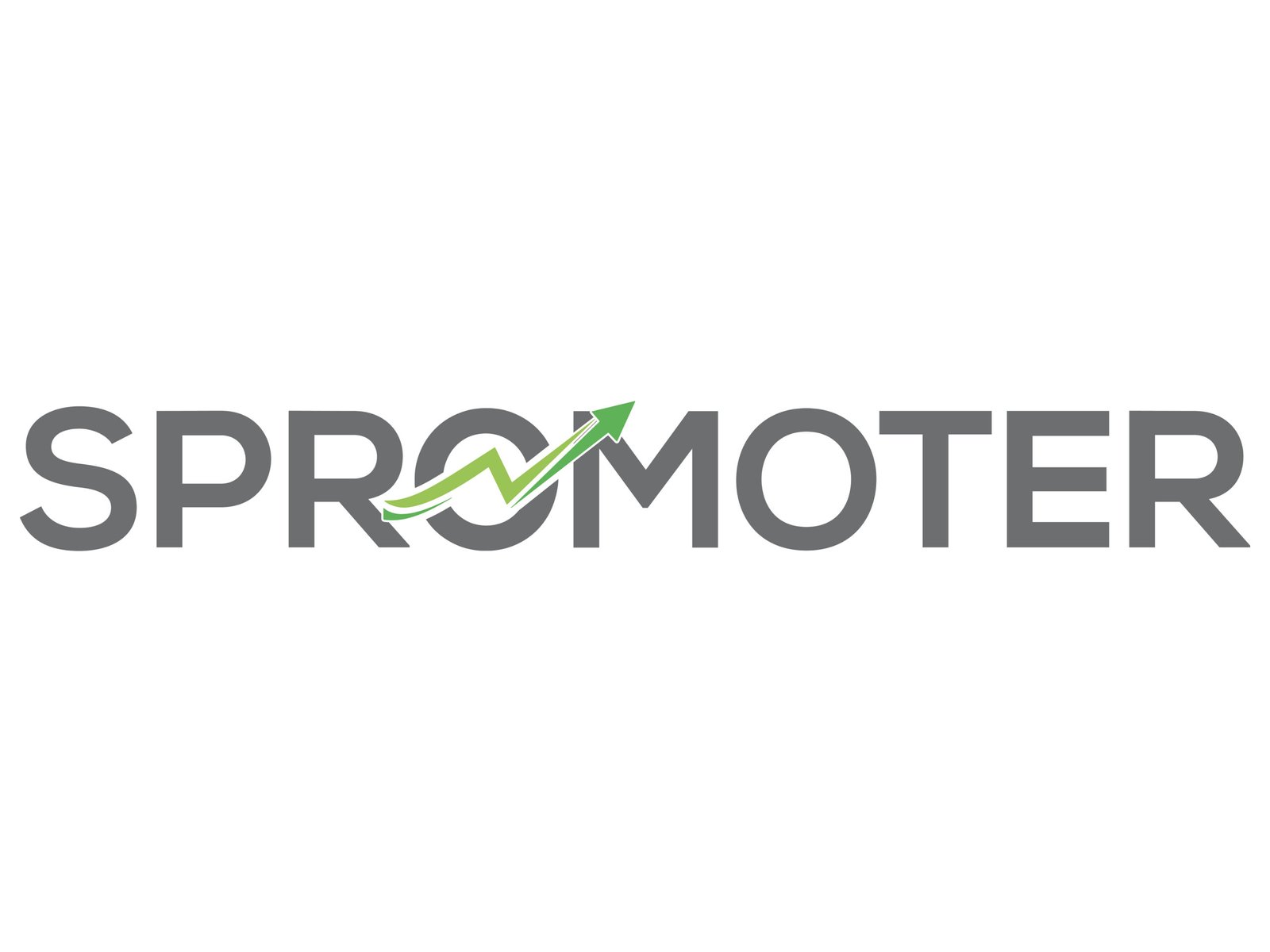
Understanding Walmart Marketplace
Walmart Marketplace serves as a robust online platform that allows third-party sellers to offer their products alongside Walmart’s extensive inventory. This model distinguishes itself from traditional Walmart stores, where products are sold directly by the retailer. In the Marketplace, sellers have the opportunity to reach a vast audience while benefiting from Walmart’s established reputation and customer trust.
The benefits of joining Walmart Marketplace are considerable. Firstly, sellers gain access to Walmart’s extensive customer base, which can enhance visibility and drive sales. With millions of shoppers visiting the website each month, this exposure allows sellers to tap into a pre-existing pool of potential customers. Additionally, Walmart offers promotional tools such as paid search, which helps sellers increase their product visibility and attract more buyers. These tools are specifically designed to enhance promotional efforts, providing sellers with the means to stand out in a competitive marketplace.
One of the critical advantages of participating in Walmart Marketplace is the integration with Walmart’s shipping and logistics infrastructure. Sellers can leverage Walmart Fulfillment Services (WFS) to streamline their order fulfillment processes. This service ensures faster shipping times and a reliable experience for customers, thereby enhancing seller credibility and satisfaction rates.
As for the types of products that are eligible for sale on the Marketplace, sellers can list a wide range of items, including electronics, home goods, apparel, and more. However, there are some guidelines that potential sellers must adhere to, ensuring they comply with Walmart’s policies on product quality and customer service. Prospective sellers should familiarize themselves with these eligibility criteria to determine their suitability for the platform.
Creating Your Walmart Marketplace Account
To begin selling on the Walmart Marketplace, the first step is to create an account. This process is essential for establishing your presence on the platform and reaching millions of potential customers. To initiate the registration process, you will need to provide several key pieces of information and documents.
Start by visiting the Walmart Marketplace website and click on the “Apply Now” button. This will direct you to the registration page where you will be prompted to enter your business information. Ensure that you have details such as your legal business name, contact information, and a description of your business readily available. As part of this process, you will also need to provide your tax identification number (TIN) or Employer Identification Number (EIN), which is essential for tax purposes and verifying your business’s legitimacy.
Additionally, prepare documentation that proves your business’s operational capacity. This may include proof of your business registration, a bank account statement, or your business license. Having these documents organized will facilitate a smoother registration process and ultimately speed up your approval time.
The next step involves choosing a payment method for processing transactions. Walmart Marketplace typically requires a bank account for payment. Be prepared to supply your bank account details, as this is how Walmart will distribute your earnings after sales are made.
After submitting your application, it enters the approval phase, which usually takes a few days to a couple of weeks. Make sure to regularly check your email for any communication from Walmart regarding your application status or additional required information. To enhance your chances of approval, ensure that all submitted information is accurate and complete.
By following these guidelines, you can streamline the account creation process and increase the likelihood of a successful application to begin your journey in the Walmart Marketplace.
Listing Your Products on Walmart Marketplace
Once your Walmart Marketplace account has been approved, the next crucial step is creating and listing your products effectively. This process not only involves uploading your inventory but also optimizing your listings to increase your visibility within the platform. The first aspect to focus on is writing compelling product descriptions. A well-structured description can significantly influence potential buyers. Incorporate relevant keywords naturally, highlighting the product’s unique features and benefits, while ensuring that the text remains easy to read and informative.
Choosing the appropriate categories for your products is equally vital. Walmart Marketplace requires sellers to select specific categories that best represent their offerings. This classification improves the chances of your products being found by interested shoppers. It is advisable to conduct preliminary research on similar products to determine the most fitting categories for your listings.
Pricing strategy is another essential component of your listing process. Competitive pricing can lead to increased sales, so it’s crucial to analyze the pricing of similar items while maintaining your profit margins. Consider utilizing Walmart’s suggested retail prices as a baseline and adjust accordingly based on your goals and market trends.
Inventory management plays a significant role in maintaining effective product listings. Regularly update your stock levels to prevent overselling or stockouts. Walmart provides tools for sellers to manage inventory effectively, ensuring that your product availability reflects real-time data.
Adhering to Walmart’s product guidelines is critical throughout the listing process. Ensure your listings meet Walmart’s standards for quality, accuracy, and compliance. Regularly familiarize yourself with these guidelines to avoid potential penalties and maintain a positive standing in the marketplace. By carefully crafting your listings and managing them diligently, you can enhance your visibility and drive sales on Walmart Marketplace.
Navigating Walmart’s Seller Dashboard and Best Practices for Success
Understanding and utilizing Walmart’s Seller Dashboard is crucial for anyone seeking to succeed on Walmart Marketplace. This comprehensive tool provides sellers with essential resources to track sales performance, fulfill orders efficiently, and manage customer service interactions effectively. Upon logging into the dashboard, sellers can view key metrics such as sales trends, inventory levels, and customer feedback, allowing for informed decision-making and strategy adjustments.
To maintain a positive seller rating, it is imperative to respond promptly to customer inquiries and maintain a professional demeanor in all communications. This involves addressing questions and concerns quickly, thus fostering trust and enhancing the customer experience. Moreover, handling returns efficiently is also vital; sellers should have a clear and user-friendly return policy, ensuring that customers feel valued and supported throughout their purchasing journey.
Marketing opportunities available on Walmart Marketplace, such as sponsored products, can significantly enhance visibility and drive sales. Utilizing these advertising options effectively allows sellers to target specific customer demographics, increasing the chances of converting visits into purchases. It is advisable to experiment with different marketing strategies to gauge what resonates most with your audience, analyzing the results to refine your approach.
Additionally, keeping abreast of Walmart’s policies and updates is essential for optimizing selling performance. The retail landscape is constantly evolving, and staying informed about platform changes ensures compliance and maintains a competitive edge. Sellers should regularly check for updates and guidelines, as these can affect operating procedures, promotional opportunities, and more.
By positioning oneself strategically within Walmart’s framework, understanding the dashboard’s functionalities, and applying best practices, sellers can build a successful presence on the platform that fosters growth and customer satisfaction.
